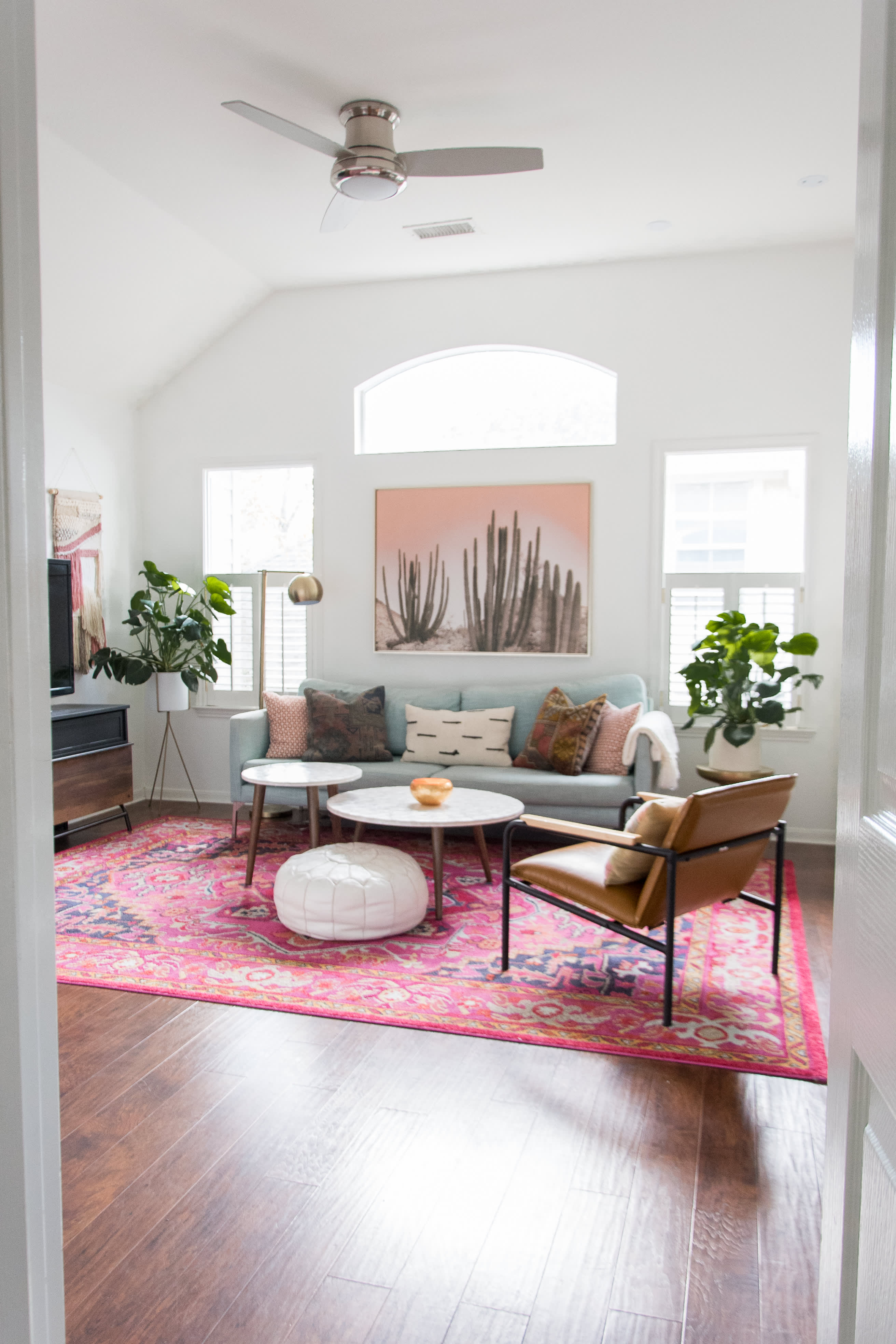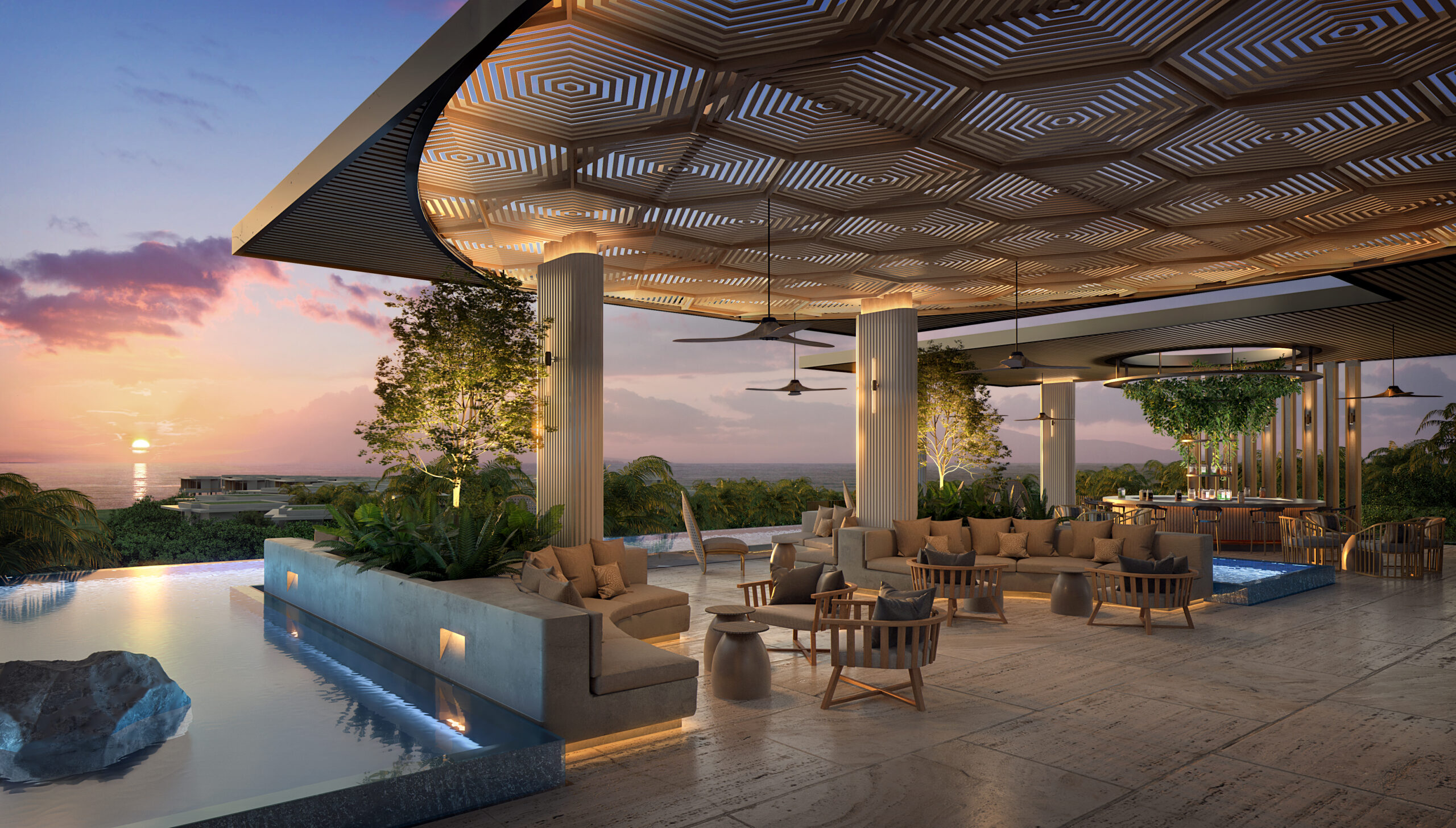
The Importance of Holistic Homes
Our living spaces have a profound impact on our overall well-being. In today's fast-paced and stressful world, creating a home environment that promotes wellness and balance is essential. Holistic homes, which integrate wellness design principles, offer a sanctuary where we can rejuvenate, relax, and thrive. From using natural materials to incorporating elements of biophilic design, there are various ways to create a holistic home that supports our physical, mental, and emotional health.
Biophilic Design: Connecting with Nature

Biophilic design is based on the concept that humans have an innate affinity for nature. By incorporating elements of nature into our living spaces, we can create a sense of connection and well-being. Here are some ways to embrace biophilic design in your home:
- Use natural materials such as wood, stone, and bamboo in your furniture and decor. These materials not only add warmth and beauty to your home but also create a sense of grounding.
- Maximize natural light by opening up your space with large windows or skylights. Natural light has been shown to improve mood and increase productivity.
- Add plants and greenery to your home. Indoor plants not only purify the air but also create a calming and soothing atmosphere.
- Create a connection with the outdoors by incorporating outdoor living spaces, such as a patio or balcony, into your home design.
The Power of Colors and Lighting

The colors and lighting in our homes have a significant impact on our mood and well-being. By choosing the right colors and lighting, we can create a harmonious and nurturing environment. Here are some tips:
- Choose calming and soothing colors for your walls, such as soft blues, greens, or neutrals. These colors promote relaxation and tranquility.
- Avoid harsh, bright, or overly stimulating colors in spaces where you want to unwind, such as the bedroom or living room.
- Consider using color therapy to enhance specific areas of your home. For example, yellow is associated with optimism and creativity, making it a great choice for a home office or study area.
- Opt for natural and warm lighting sources, such as sunlight during the day and warm LED lights in the evening. Avoid harsh fluorescent lighting, as it can cause eye strain and disrupt sleep patterns.
Feng Shui: Balancing Energy Flow

Feng Shui is an ancient Chinese practice that focuses on arranging our living spaces to promote positive energy flow. By applying Feng Shui principles, we can create a harmonious and balanced home environment. Here are some key principles of Feng Shui:
- Clear clutter and organize your space. Clutter disrupts the flow of energy and can lead to feelings of stress and overwhelm.
- Position furniture to create a sense of balance and harmony. Avoid blocking doorways and windows, as they represent the flow of energy.
- Enhance the flow of energy with mirrors. Mirrors can help expand space and reflect natural light, creating a sense of openness.
- Use natural materials and textures. Incorporating elements such as wood, stone, and natural fibers can create a sense of grounding and connection with nature.
Creating a Restful Bedroom

The bedroom is a sacred space where we should be able to relax, unwind, and get a good night's sleep. Here are some tips for creating a restful bedroom:
- Choose a comfortable mattress and pillows that support your body. Investing in quality bedding can significantly improve the quality of your sleep.
- Keep the bedroom clutter-free and organized. A tidy space promotes a calm and peaceful atmosphere.
- Avoid electronics in the bedroom, as they can disrupt sleep patterns. If necessary, keep them out of sight or use blackout curtains to block out light.
- Create a soothing color palette with soft, muted colors. Consider incorporating elements of nature, such as plants or natural materials, to enhance relaxation.
- Optimize the lighting in your bedroom. Use dimmable lights or bedside lamps with warm light to create a cozy and relaxing ambiance.
The Impact of Air and Water Quality

Air and water quality play a crucial role in our overall health and well-being. Here's how you can improve the air and water quality in your home:
- Invest in high-quality air purifiers to remove pollutants and allergens from the air. Consider adding plants known for their air-purifying properties, such as snake plants or peace lilies.
- Open windows regularly to let fresh air circulate in your home. Proper ventilation is essential for maintaining good indoor air quality.
- Install water filters to remove contaminants from your tap water. Drinking clean and filtered water is essential for our health and hydration.
- Consider incorporating a water feature, such as a small indoor fountain, to add a soothing and calming element to your home.
Conclusion
Creating a holistic home that integrates wellness design principles is a powerful way to enhance our overall well-being. By embracing biophilic design, choosing the right colors and lighting, applying Feng Shui principles, and optimizing air and water quality, we can transform our living spaces into sanctuaries of health and wellness.
Remember, your home should be a reflection of your values and priorities. Take the time to assess your living space and make intentional choices that support your physical, mental, and emotional health. By creating a holistic home, you can experience the transformative power of wellness design firsthand.